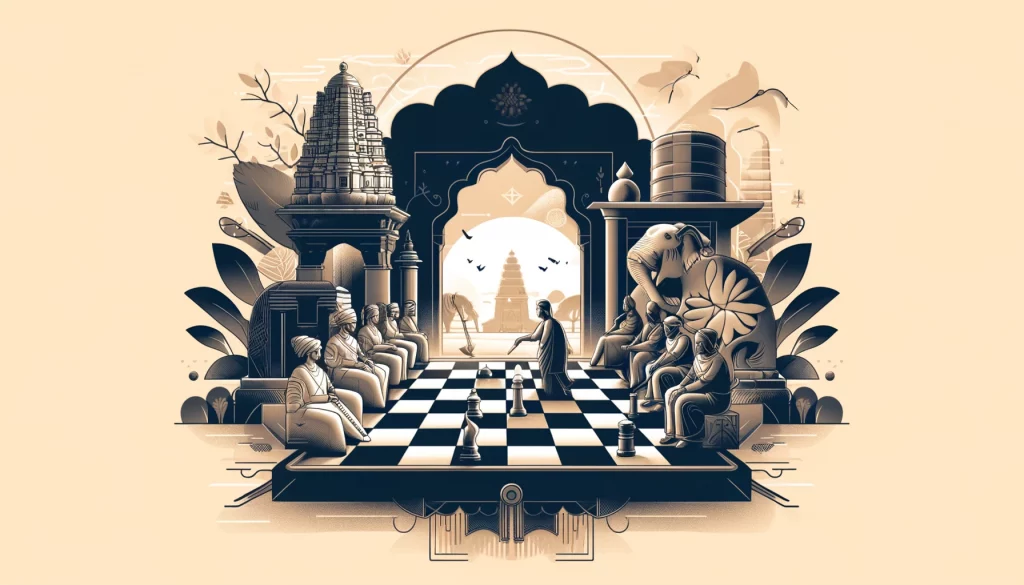As a lifelong chess enthusiast, I’ve always been fascinated by one simple yet profound question: Which country invented chess? India is the country that invented chess. But the answer takes us on a journey across continents and centuries, revealing how a strategic war game from ancient India evolved into the beloved mind sport we know today.
The Birth of Chess: India’s Chaturanga
Most historians agree that chess originated in northern India around the 6th century CE as Chaturanga, a Sanskrit word meaning “four divisions” (referring to the four branches of the Indian military: infantry, cavalry, elephants, and chariots). The game simulated battlefield strategy, with pieces representing:
- Pawns → Foot soldiers
- Knights → Horsemen
- Bishops → War elephants
- Rooks → Chariots
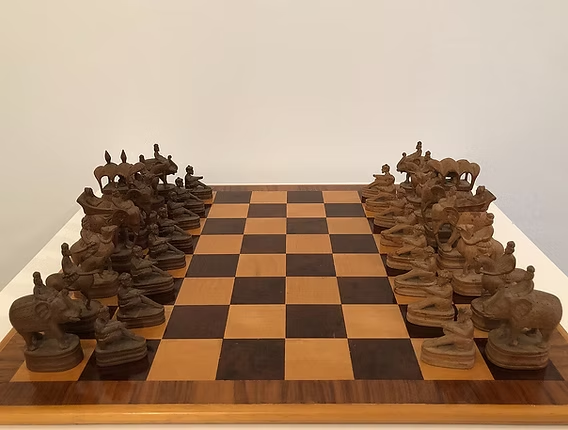
Unlike modern chess, early Chaturanga had no queen – instead, a weak piece called the “mantri” (counselor) moved just one square diagonally. The king, however, has always been the heart of the game. Played on an uncheckered 8×8 board called ashtāpada, it mirrored the composition of an Indian army, with its pieces representing elephants, chariots, cavalry, and infantry.

Historians believe the game had rules similar to its Persian successor, shatranj, although the exact movements of some pieces, like the gaja (elephant), remain uncertain.
Rules of Chaturanga
Chaturanga was played on an 8×8 board known as ashtāpada, which was uncheckered and sometimes featured markings whose purposes remain unclear. The primary objective of the game was either to checkmate the opponent’s raja (king) or to reduce their army to just the raja. If both players were reduced to bare kings on consecutive moves, the game was declared a draw.
The pieces in Chaturanga mirrored the divisions of an Indian army, and each had distinct movements. The raja (king) moved one square in any direction, much like the modern chess king, though there was no provision for castling. The mantri (minister), representing the modern queen in its earliest form, moved one square diagonally. The ratha (chariot), equivalent to today’s rook, moved any number of squares horizontally or vertically.
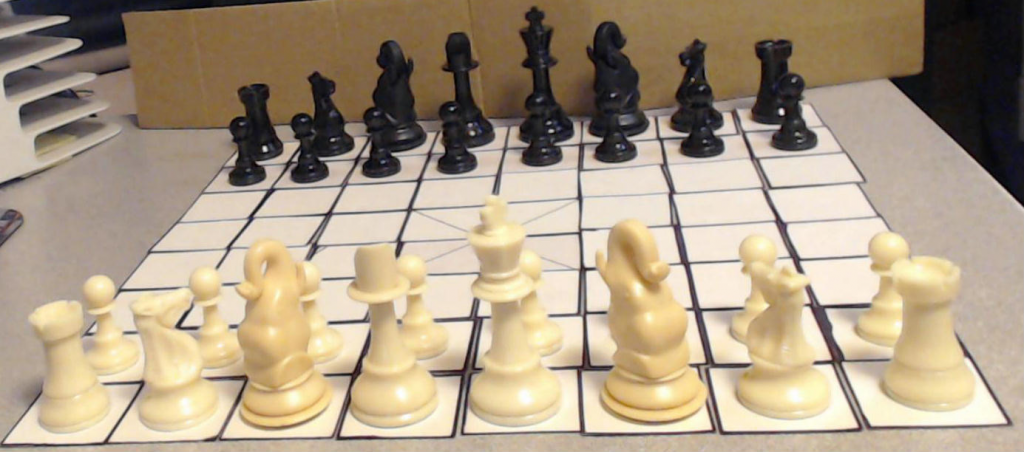
The ashva (horse) moved in an L-shape, identical to the knight in modern chess, while the gaja (elephant) had moves that remain a subject of historical debate. Ancient accounts describe three possibilities for its movement: jumping two squares diagonally, moving one square forward or diagonally, or jumping two squares vertically or horizontally. The padati (foot-soldier) moved one square forward and captured diagonally, like a modern pawn, but lacked the two-square opening move and promotion abilities.
Chaturanga also featured some unique rules. A player could win by reducing their opponent to a bare king, provided their own king was not similarly reduced on the next move. Stalemates were treated differently than in modern chess; rather than resulting in a draw, a stalemated player often claimed victory.
Chess Spreads to Persia: The Shatranj Revolution
By the 7th century, Indian traders introduced Chaturanga to Persia, which is modern-day Iran, where it evolved into Shatranj. This transformation brought several significant changes to the game. The phrase “Shah Mat” meaning “the king is helpless” in Persian, became the origin of the term “checkmate” used in chess today.
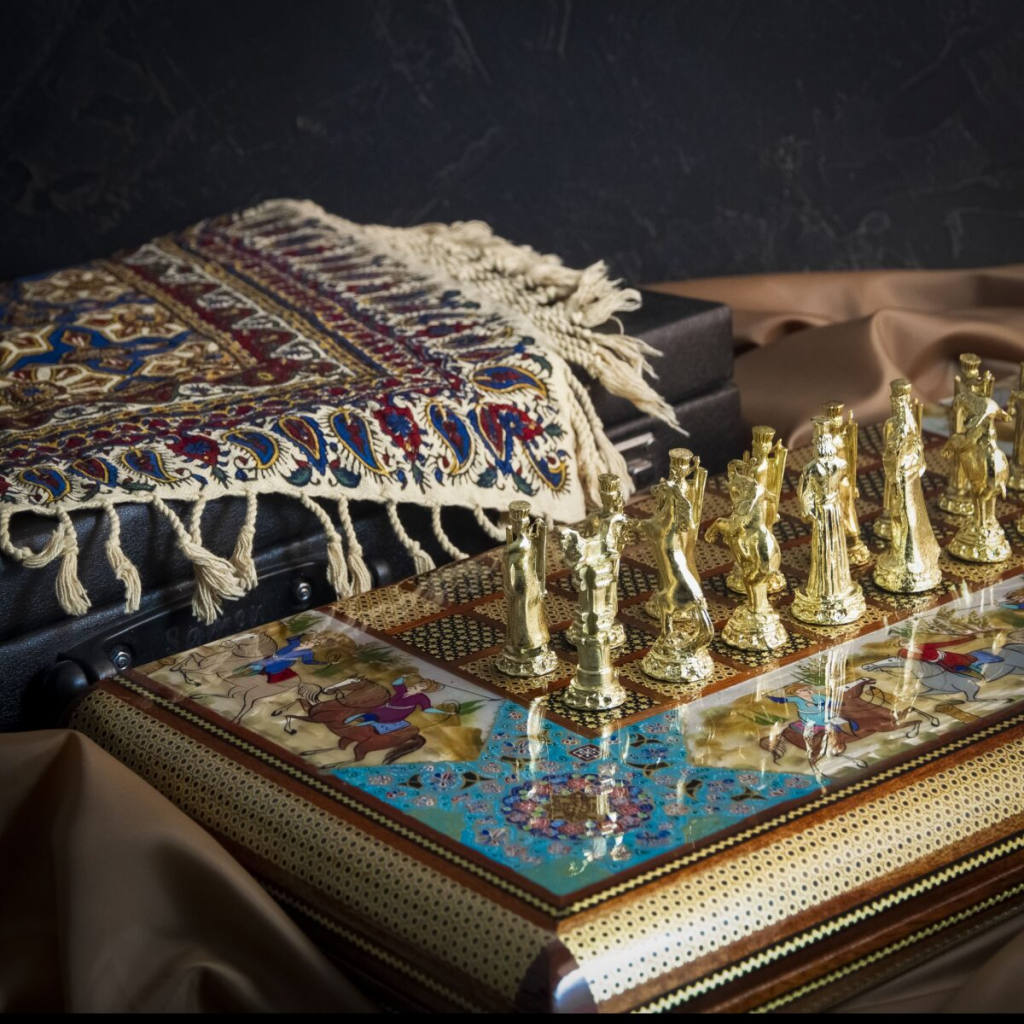
Shatranj also marked the emergence of the first recorded chess problems and endgame studies, showcasing the intellectual depth of the game. However, it also faced opposition from religious leaders, who banned it at times, considering it a form of gambling.
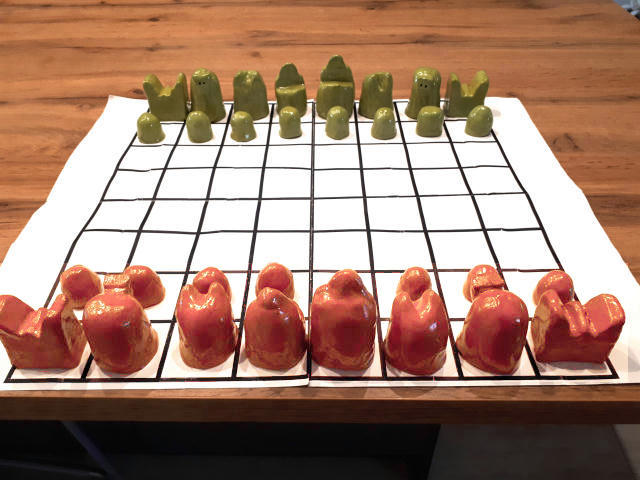
The Islamic Golden Age and Chess’s Journey to the West
As Arab empires expanded, chess spread across the Middle East, North Africa, and eventually Europe, carried along trade routes like the Silk Road.
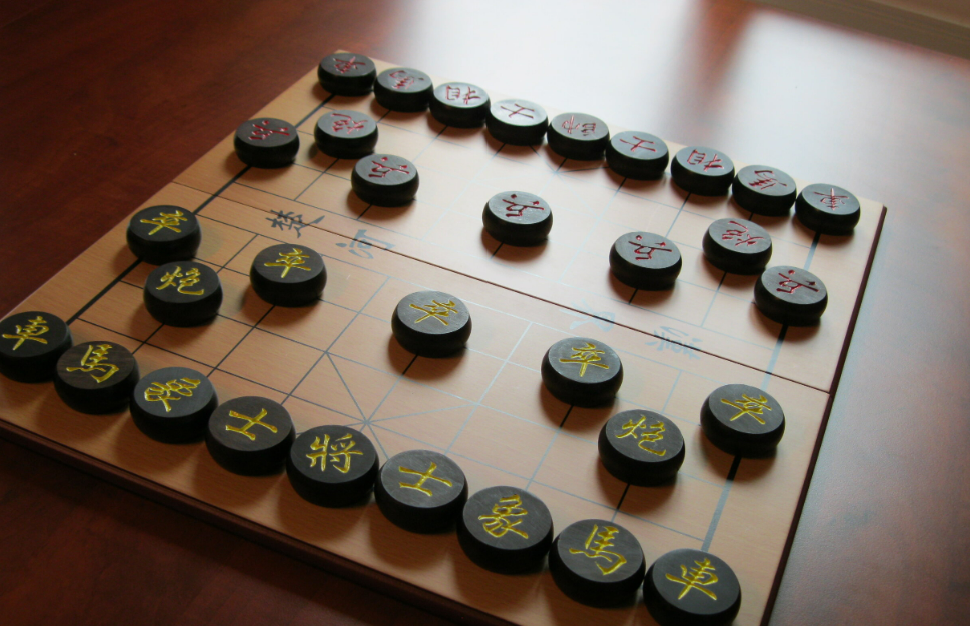
This path introduced chess to China, where it became Xiangqi, and to Japan, where it evolved into Shogi.
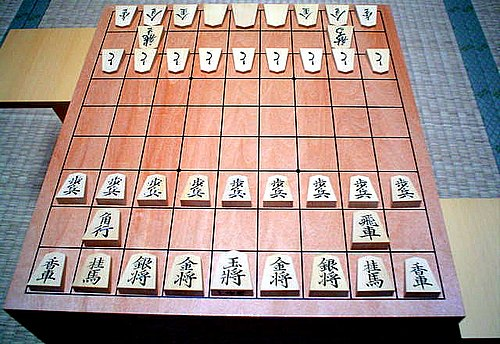
In Moorish Spain, chess found its way into Europe by 1000 CE, where it underwent significant adaptation. European players replaced the abstract Islamic pieces with figures representing royal courts. The counselor transformed into the powerful queen, reflecting the growing importance of queens in medieval Europe, while elephants became bishops, symbolizing the church’s influence. Chariots were reimagined as castle towers, now known as rooks, aligning with European architectural traditions.
The Birth of Modern Chess
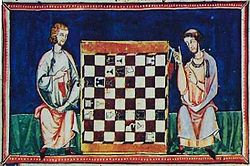
hess history took an exciting turn between 1475 and 1500 when players in Spain and Italy introduced two groundbreaking changes. The first was the transformation of the queen, once the weakest piece on the board, into the most powerful one, capable of moving any number of squares in any direction – a rule famously known as “Mad Queen’s Chess“. This dramatic shift not only revolutionized gameplay but also symbolized the heightened status of queens in European society.

The second change was the introduction of the pawns’ ability to leap forward two squares on their first move, a rule that significantly sped up opening play and paved the way for more dynamic strategies.
Did Another Country Invent Chess?
While India is widely credited as the birthplace of chess through its precursor, Chaturanga, alternative theories about the game’s origins exist. Some scholars point to China’s Xiangqi, a game with similarities to chess, though it is generally considered to have been derived from Chaturanga rather than predating it. Others suggest connections to ancient Egypt, yet no concrete evidence links their board games to the development of chess. Similarly, Greece’s Petteia, a simpler game played on a board, lacks the strategic complexity and structure that define chess, making its influence on the game unlikely.
The Verdict?
India remains chess’s undisputed birthplace, though Persia and Europe shaped its modern form.
Read more about the history of chess. Next time you move a pawn, remember: you’re continuing a 1,500-year legacy.
At Caissa School of Chess, we blend ancient wisdom with modern training to help you master this timeless game. Explore our courses today and become part of chess history!

Photo Courtesy: The Indian Gully, Persis Collection, Xiangqi.com, www.chessvariants.com and history.chess.free.fr


